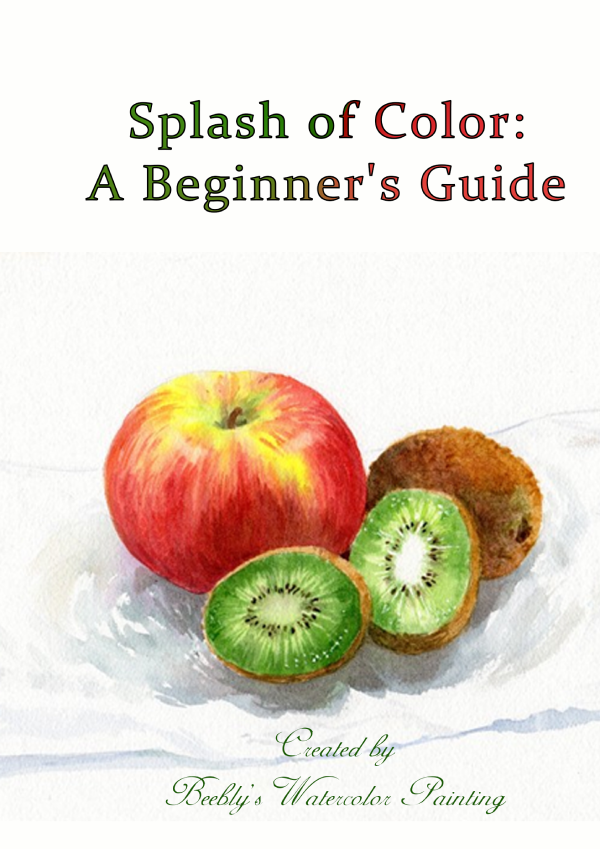
Materials Used: Brushes 1 1/2" (381mm) Flat Winsor & Newton Series 965 1" Grumbacher Aquarelle Flat Red Sable #12 Winsor & Newton Series 7 Red Sable #10 Winsor & Newton Series 820 Red Sable #6 Grumbacher Watercolor Classic Red Sable #4 Round Red Sable Paints Sap Green Hooker's Green Dark Phthalocyanine Blue Cobalt Blue Dioxazine Purple Alizarin Crimson Permanent Rose Raw Sienna Burnt Umber Paper Spiral Pad (11" x 14") by Canson: 140lb cold press watercolor paper Miscellaneous #2 Pencil Kneaded Eraser Palette - Your choice. Mine is an old Robert E. Wood model. Water container (x2) with clean water...
Categories: Step-By-Step Painting Ideas , Watercolor Lessons , Beginner Techniques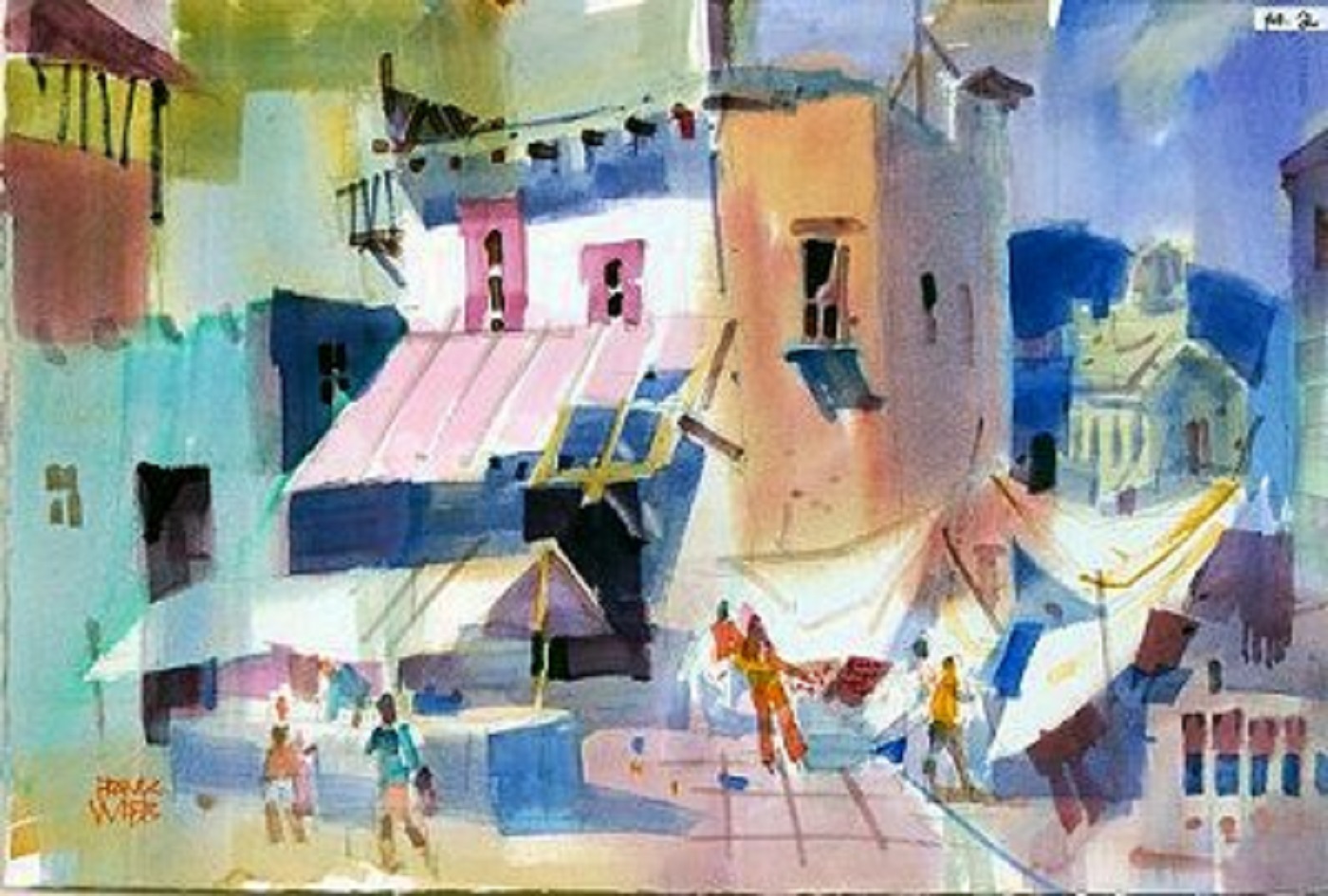
American Frank Webb (AWS, NWS) of Edgewood, Pennsylvania, studied at the Art Institute of Pittsburgh. Working as a professional artist since 1947, he has received more than 90 major awards including a Dolphin Fellowship of the American Watercolor Society. A noted art instruction author, Frank's Webb on Watercolor (North Light Books) is an excellent reference book for watercolor artists. Since 1980, Webb has conducted workshops throughout the United States and around the world. Frank's work has appeared in invitational shows in Mexico, Scotland, England, Canada, Australia and the Republic of China. Mr. Webb is a frequent and popular juror for...
Categories: Artists in Action
Here's a close-up of pink lily flowers painted with wet-on-wet, wet-on-dry and splattering techniques. Video coming soon.
Categories: Step-By-Step Painting Ideas , Watercolor Lessons , Beginner Techniques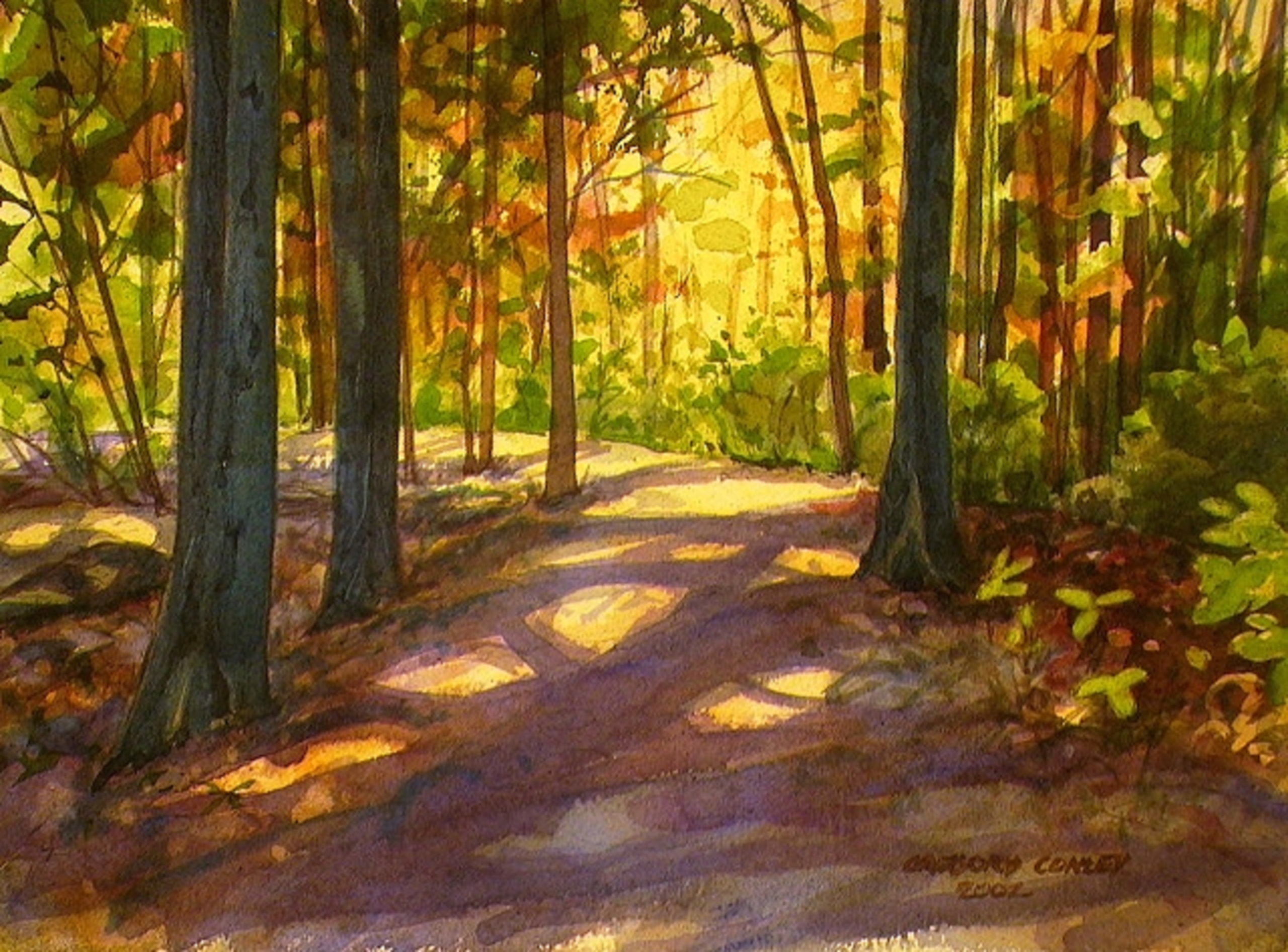
In creating the watercolor "The Path Chosen", I used the following basic techniques: Flat wash, graded wash, glazed wash, dry brush, wet-in-wet, various wet and dry lift techniques, scrafitto, and Grafix® Incredible White Mask liquid frisket. First off, take some time to explore (and bookmark!) this and other watercolor and artist's sites to understand the tools, history, theory, and variety of styles and techniques of other artists. Once you have the basic idea of what's involved in being a watercolorist, you're ready to give it a go. You don't have to know how to draw really well to start to make...
Categories: Watercolor Lessons , Intermediate Techniques , Step-By-Step Lessons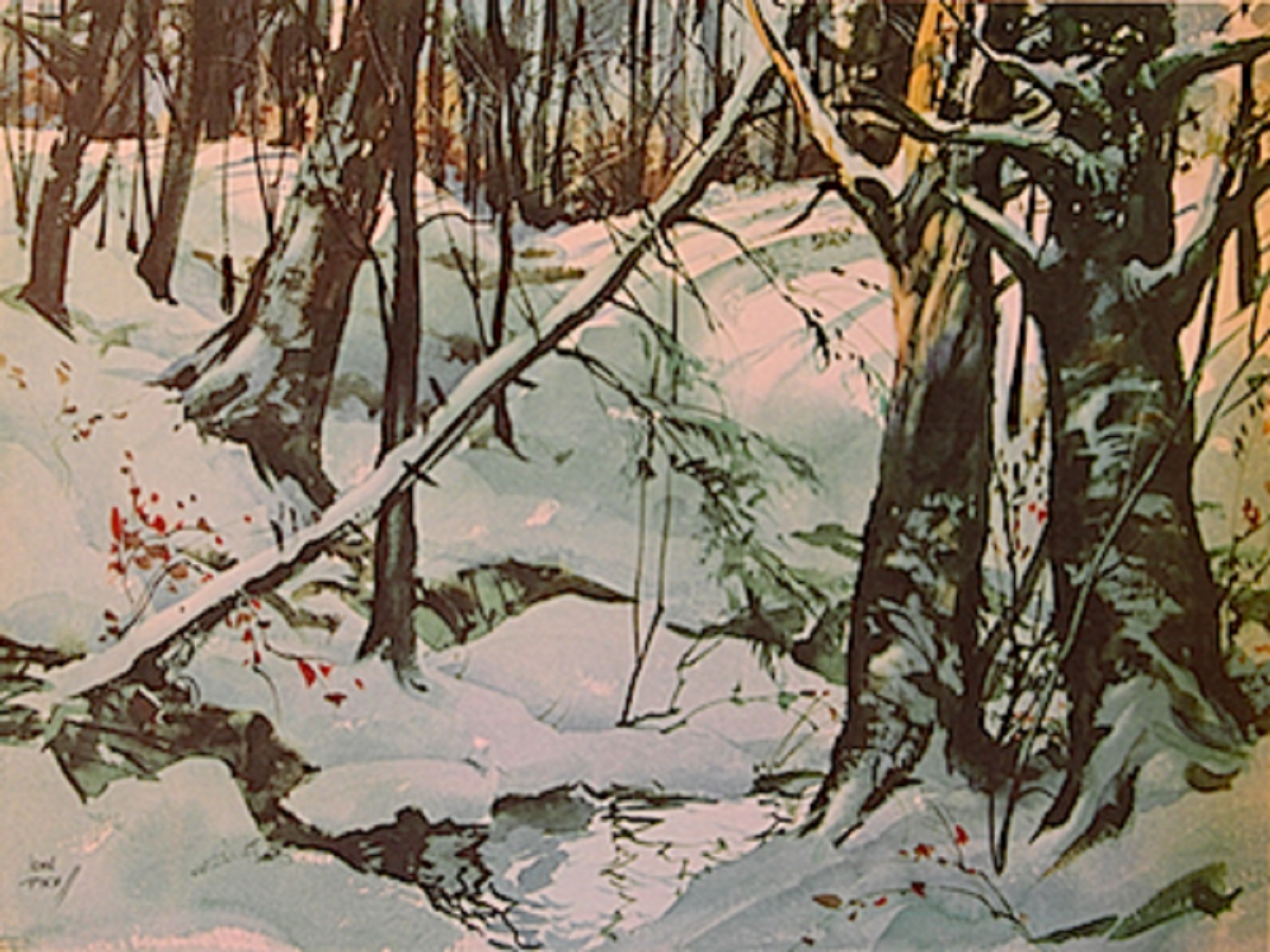
American "John Pike Paints Watercolors," first published in 1978, is the title of the classic watercolor instruction book by artist John Pike. The book is filled with skilled step by step watercolor demonstrations that show his command of painting landscape and urban scenes with an eye for dramatic lighting and spontaneity. Mr. Pike's artistic career included stints working for the Jamaican Rum industry, creating advertising art and designing nightclubs in 1933. By 1945 he was in Korea documenting the U.S. occupation, resulting in a large body of work that can be found in military art archives and museums. In the...
Categories: Artists in Action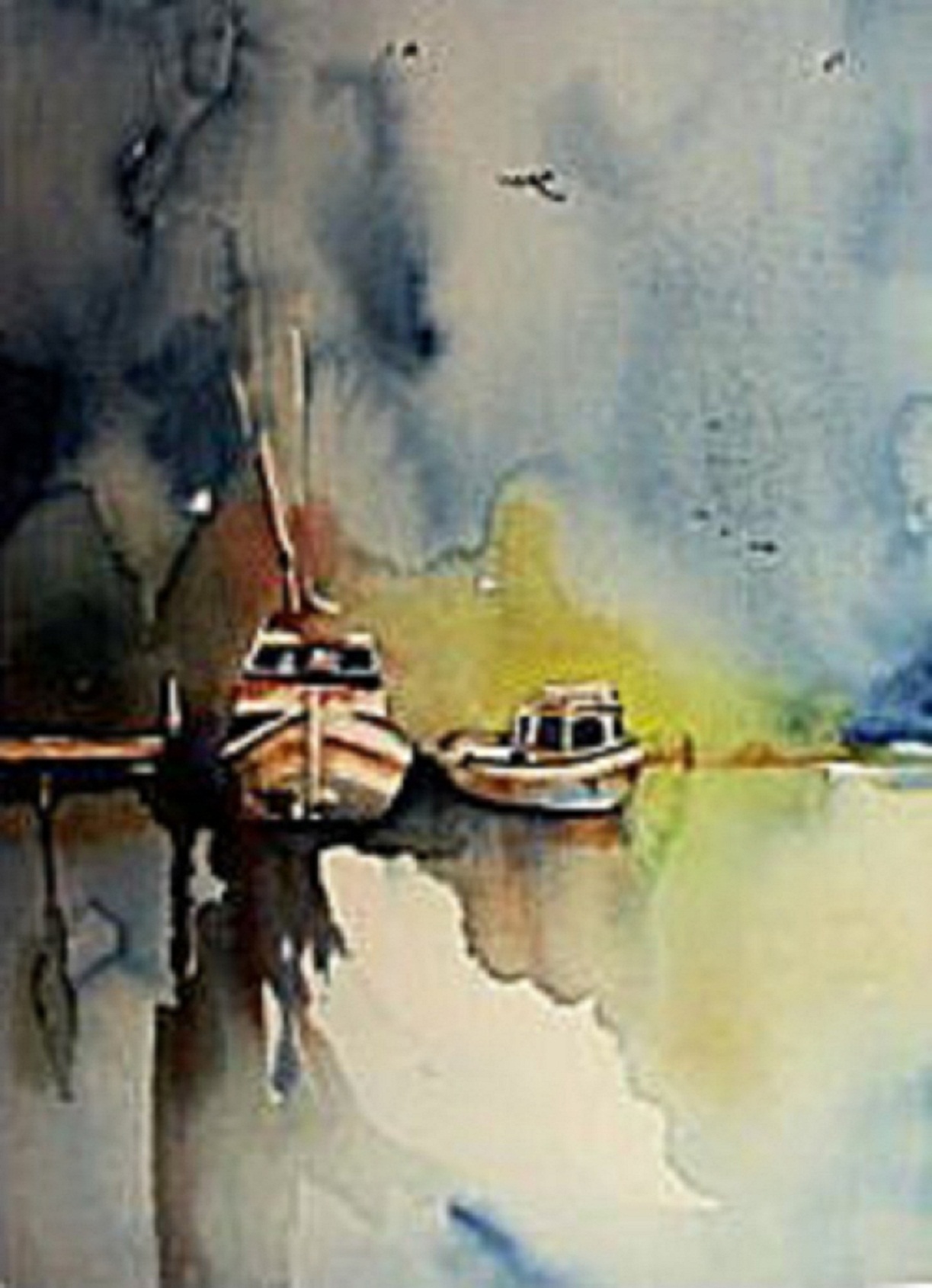
Joke Klootwijk "My name is Joke Klootwijk. I have been painting since 1984 in Barendrecht, a village near Rotterdam. After various art studies my preferred medium is watercolour. My time is devoted to full time painting. I studied art classes and workshops for this technique, by artists whom I admire for their painting style. The last several years I painted a lot of watercolour paintings in the so called wet-on-wet technique. A difficult but fascinating technique, where I have to react, observe and paint and all this needs to happen within a very short space of time. In the wet-on-wet...
Categories: Watercolor Paintings Gallery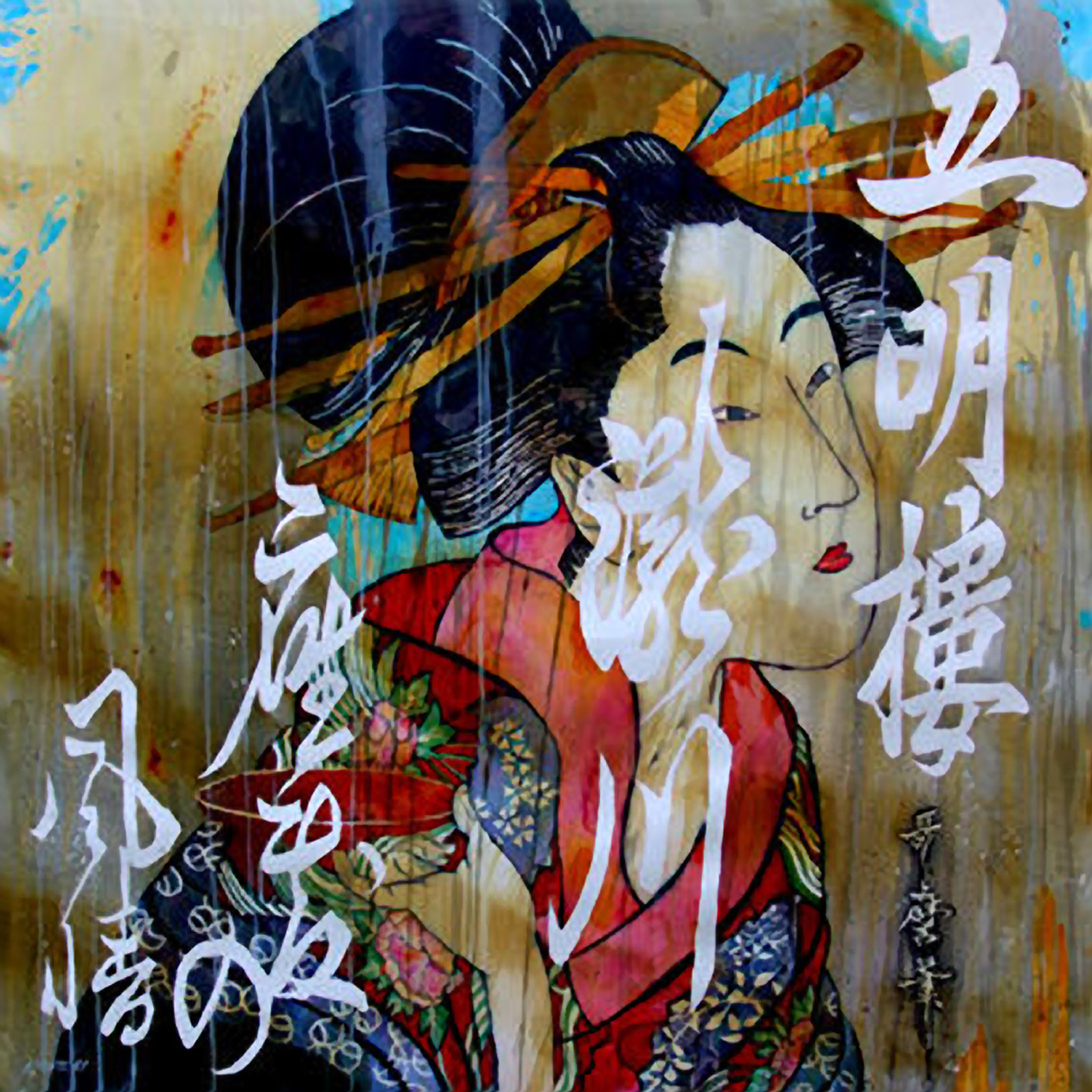
"Washington D.C, USA Nicholas Simmons, a contemporary Washington D.C. artist, continues to make headlines with his beautifully bold, large-format paintings. His works will be featured in the Winter 2009 issue of Watercolor magazine (American Artist) and while his notoriety is growing as an innovative artist with much-sought-after workshops and demonstrations, he's a darn fine guitarist to boot. Born in Cedar Rapids, Iowa, Nicholas grew up with an interest in art and music that continued after high school. While independently honing his artistic skills, he studied with watercolorists such as Barbara Nechis and the late Valfred Thëlin (Watercolor: Let the Medium...
Categories: Artists in ActionPaper: a little history, a little trivia The variety of surfaces used to paint, draw, write and tally on have run the gamut from cave walls, clay tablets (Sumerians 5000-2000 BC), wood planks, papyrus (+-2500 BC), to parchment (1500-250 BC) and vellum, a finer variant of parchment. Papyrus was a woven mat of reeds, pounded together into a hard, thin sheet. Parchment and Vellum are make from specially processed animal hide (calves, goats, sheep) that are smoothed to a fine finish. The word "paper" actually comes down to us from the word "papyrus". According to contemporary Chinese records of AD...
Categories: Watercolor Lessons , Beginner Techniques



